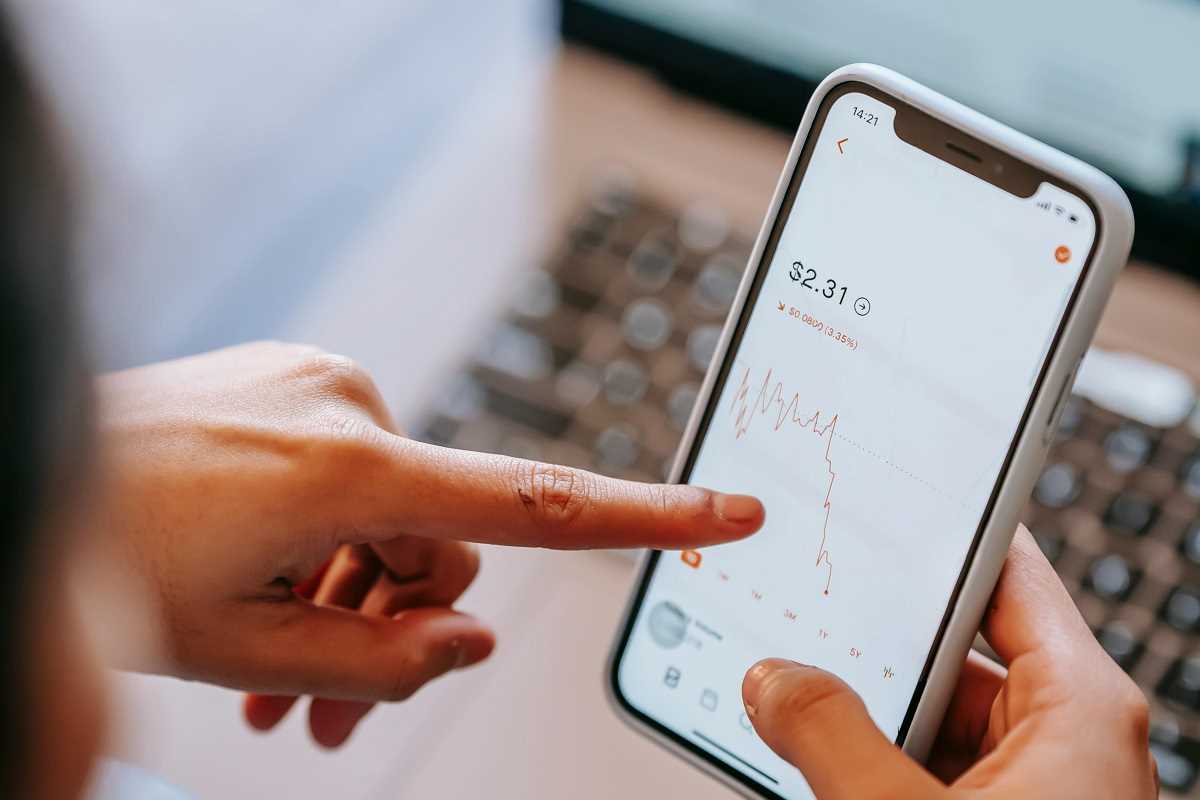Shopping online can be a rollercoaster. One day, you see the perfect item at a seemingly great price, and the next, it’s either sold out or double the cost. If you’ve ever felt frustrated by fluctuating prices, price tracking tools are about to become your new best friend. They not only help you find deals but also make sure you’re paying the best possible price for an item.
This guide will show you how to price-tracking tools work, highlight some of the top tools to rely on and teach you how to use them to maximize your savings. Here’s everything you need to know.
What Are Price Tracking Tools and How Do They Work?
Price tracking tools monitor the price history of specific products on websites and notify you when prices drop or hit a certain threshold. Instead of constantly checking an item yourself, these tools do the “watching” for you. They gather data on price fluctuations over time, giving you a clearer picture of whether a “sale” is really a good deal or just a retailer’s marketing tactics.
Many of these tools can also send you alerts when items reach your desired price point, so you never have to worry about missing out.
Whether you’re bargain hunting for electronics, clothing, or even groceries, price tracking tools are an invaluable resource for anyone looking to save money online.
Popular Price Tracking Tools to Try
Here’s a quick look at some of the best price-tracking tools available today.
1. CamelCamelCamel
CamelCamelCamel focuses on Amazon products, tracking their price history and offering alerts for discounts. You can see how the price of an item has changed over time and use this data to decide when it’s the best time to buy.
- How It Works: Copy and paste an Amazon link into the search bar, and it will display the item’s price history. You can also set up price drop alerts by entering your desired price.
- Strengths: Tracks millions of products, offers detailed charts.
2. Honey
Honey is a browser extension known for finding coupon codes, but it also has a feature called “Droplist” that allows you to track prices on select items. You’ll get notified if the price drops to your target range, ensuring you don’t miss a deal.
- How It Works: Add items to your Droplist while shopping online, and Honey monitors the price for you.
- Strengths: Works across multiple online retailers, combines price tracking with coupon savings.
3. Keepa
Keepa is another robust price tracking tool, primarily focused on Amazon. Its browser extension integrates seamlessly with Amazon pages, displaying price history charts directly on the product page.
- How It Works: Install the Keepa browser extension, visit an Amazon page, and instantly view the price chart without leaving the site. You can also set up alerts for price drops.
- Strengths: Easy to use, comprehensive Amazon price history.
4. PriceGrabber
PriceGrabber not only tracks prices but also helps you compare prices across various retailers. This is incredibly helpful when you’re trying to find the best deal on a product offered by multiple sites.
- How It Works: Search for an item, and PriceGrabber will show you its current price at different stores.
- Strengths: Great for price comparisons, not limited to one retailer.
5. Slickdeals
While technically a deal-finding site, Slickdeals allows you to create alerts for specific products or categories. It also has a community-driven approach, where users share sales and discounts.
- How It Works: Set custom alerts for products, and the Slickdeals community may spot discounts before they’re widely promoted.
- Strengths: User-driven alerts, covers a wide range of products and stores.
How to Set Up Price Alerts and Track Deals
Here’s your step-by-step guide to using price tracking tools effectively:
Step 1. Choose Your Tool(s)
Start by deciding which price tracking tool best suits your needs. If you primarily shop on Amazon, CamelCamelCamel or Keepa are excellent picks. For broader retailer coverage, Honey or PriceGrabber might be better.
Step 2. Install or Sign Up
Most price trackers work as browser extensions, mobile apps, or websites. Create an account or download the extension so you can start tracking prices immediately.
Step 3. Find Your Desired Product
Search for the item you want to buy, either directly on a retailer’s site or through the price tracking tool’s interface.
Step 4. View Price History
Check the product’s price history. This helps you gauge whether the current price is reasonable or if you should wait for a better deal. Use tools like CamelCamelCamel or Keepa for detailed insights.
Step 5. Set a Price Alert
Enter the price you’re willing to pay for the item. Many tools allow you to set an email or push notification alert, so you’ll know as soon as the item drops to your target price. For example, in Honey’s Droplist, click “Add to Droplist” and set your desired discount percentage.
Step 6. Shop Smartly When Alerted
When you receive an alert, double-check the details—like shipping costs or promotional terms—before finalizing your purchase.
Combining Price Tracking with Other Savings Methods
For maximum savings, consider pairing price tracking tools with these additional strategies:
- Cashback Apps: Use apps like Rakuten, Ibotta, or Dosh alongside price tracking tools to earn cashback on purchases. For example, you could track a discount on Amazon with CamelCamelCamel and then use Rakuten to get cashback on your final order.
- Coupon Codes: Many tools, like Honey, not only track prices but also apply coupon codes at checkout, doubling your savings.
- Store Loyalty Programs: Some retailers offer exclusive discounts or rewards points to members. Use a price tracker to monitor when an item goes on sale, then apply any loyalty rewards for additional savings.
- Combine with Seasonal Sales: Keep an eye on major shopping events like Black Friday, Cyber Monday, or back-to-school sales. Use price trackers to confirm you’re getting the best deal on sale items.
Avoiding Common Pitfalls When Using Price Trackers
While price trackers are incredibly helpful, there are a few things to watch out for.
- Beware of Fake Discounts: Retailers sometimes inflate original prices to make a sale seem better than it is. Always check price history charts to confirm whether the “discount” is genuine.
- Consider Additional Costs: Factor in shipping or taxes, which can sometimes erase savings from a price drop.
- Don’t Buy Impulsively: Just because an item is discounted doesn’t mean you need it. Stick to your budget and shopping list to avoid overspending.
- Be Mindful of Alert Overload: Setting up too many alerts can lead to decision fatigue. Focus on tracking items you genuinely plan to buy.
Why You’ll Love Using Price Trackers
Price tracking tools take the guesswork out of getting a good deal. Instead of endlessly scrolling through retailer websites or anxiously waiting for sales, you can automate the process and shop smarter. By combining these tools with cashback apps, seasonal sales, and loyalty programs, you’ll save even more in the long run.
Start using CamelCamelCamel, Honey, or Keepa today, and you’ll become a pro at finding the best online deals—without all the stress. Happy saving!
 (Image via
(Image via




